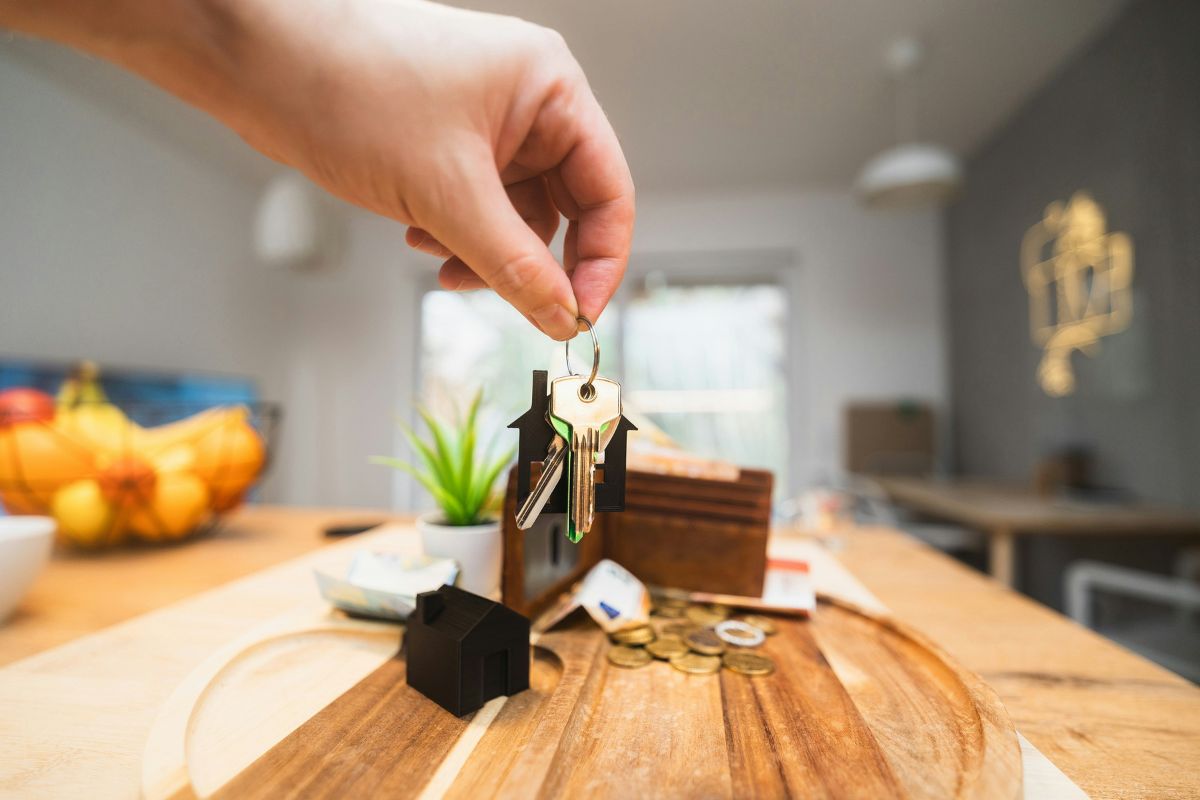NSW stamp duty reform – what this looks like for property buyers
For a long time now, the people of NSW have been paying an inflated, outdated tax when they purchase a new home, regardless of whether it’s an owner-occupier or an investment property.
This tax is known as stamp duty and it’s about as prohibitive as it gets.
Say you wanted to buy a $1 million property. Well right now in NSW you’d be slugged about $40,000 extra in stamp duty. And it must be paid upfront, it can’t be rolled into a mortgage or paid off over time.
So, in addition to saving a 20 per cent deposit of $200,000, you’ve also got to come up with an extra $40,000 before you can buy. And that’s for a less than median priced house in Sydney. Anyone who was actually buying a house in the last little while would be more likely to be paying $2 million instead…which would equal about $90,000 in stamp duty upfront.
But it’s not just in NSW, buyers in other states pay similar rates of tax also for their property purchases.
So how did it come to this?
Creeping debt
Stamp duty in NSW was first introduced as we know it in 1986, designed as a tax on wealthy property owners. People who bought properties for up to $300,000 paid 2%, people who bought properties for up to $1 million paid rolling percentages up to 4% and people who paid more than $1 million were slugged more than 4%.
Of course, in 1986, the average cost of a house in Sydney was around $95,000, so most people were paying less than $2000 in stamp duty, after saving up to $20,000 for a deposit in a higher interest rate environment. It wasn’t much of a deterrent. However, as property values went up over the years, the price brackets for level of stamp duty paid stayed the same, so now, just about everybody has to pay the top amount of stamp duty.
For years there has been debate around adjusting stamp duty, or abolishing it all together and replacing it with a fairer alternative. But nothing has happened yet and it’s not hard to understand why. Whenever there is a property boom in Sydney, the state government makes billions in tax revenue from property transactions and is then able to boast about a budget that’s well in the black and a great economy.
So what’s to be done?
Reform on the table
When economic times were tougher (last year for example) and Dominic Perrottet was still Treasurer rather than Premier, he was championing reforms that would see NSW gradually wind up its stamp duty and have it replaced by a broad based land tax.
Rather than a prohibitive upfront lump sum payment, home buyers would instead be subject to annual land tax payments, not dissimilar to council rates. The argument for doing this was that it would no longer stop people from buying properties and moving to where they wanted to live; it would improve average living standards; and it would bring stability to the state budget.
People who have already bought a house and paid stamp duty would not be subject to the land tax, while others would be able to choose between the two.
What about other states?
If the NSW model proved successful, you can rest assured the other states would be looking at it as a blueprint for making similar reforms. NSW would be somewhat of a test case or guinea pig. Whether all states and territories would follow suit is uncertain however, especially those where property is not seen as out of reach as NSW and where stamp duty may not be as pressing an issue as it is in the country’s southeast.
When will it happen in NSW?
Not so fast. The economy suddenly seems in a better place than it was last year. So much so that the RBA is being pressured to raise interest rates, inflation has begun to be recognised and unemployment rates are falling. All of this may mean that not everyone suddenly sees stamp duty as an issue that needs the urgent attention it did this time last year…especially if the property market begins to cool organically. At this stage Dominic Perrottet is still saying he supports the reform, but let’s stay tuned and see what happens.
Speak to our Investor Relations team
Please visit the following sites for more information:



